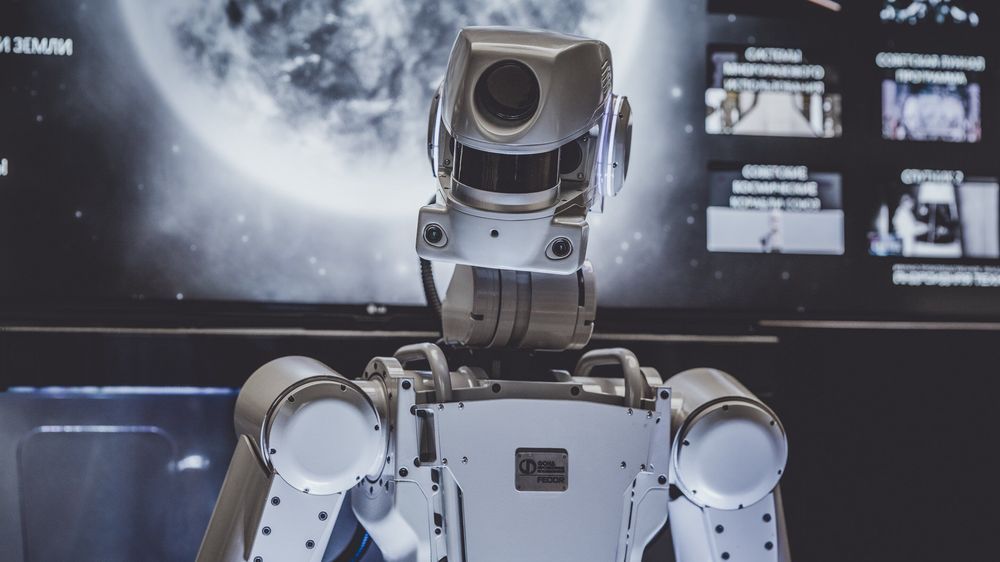If new calculations about the remnants of sunlike stars are correct, everything will end with a series of bangs and then a whimper.


On August 18th, SpaceX launched a Falcon 9 rocket on its sixth mission to space, breaking the company’s record for reflights of a single booster. The rocket launched 58 of SpaceX’s internet-beaming Starlink satellites and three hitchhiking satellites from Planet.
Billions of years from now, Earth’s night sky will change as the Andromeda galaxy rushes toward a merger with the Milky Way.

Combing through historical seismic data, researchers using a machine learning model have unearthed distinct statistical features marking the formative stage of slow-slip ruptures in the earth’s crust months before tremor or GPS data detected a slip in the tectonic plates. Given the similarity between slow-slip events and classic earthquakes, these distinct signatures may help geophysicists understand the timing of the devastating faster quakes as well.
“The machine learning model found that, close to the end of the slow slip cycle, a snapshot of the data is imprinted with fundamental information regarding the upcoming failure of the system,” said Claudia Hulbert, a computational geophysicist at ENS and the Los Alamos National Laboratory and lead author of the study, published today in Nature Communications. “Our results suggest that slow-slip rupture may well be predictable, and because slow slip events have a lot in common with earthquakes, slow-slip events may provide an easier way to study the fundamental physics of earth rupture.”
Slow-slip events are earthquakes that gently rattle the ground for days, months, or even years, do not radiate large-amplitude seismic waves, and often go unnoticed by the average person. The classic quakes most people are familiar with rupture the ground in minutes. In a given area they also happen less frequently, making the bigger quakes harder to study with the data-hungry machine learning techniques.

Pleased to welcome author and NPR commentator Adam Frank, a professor of Physics and Astronomy at the University of Rochester in upstate New York. He is author of the 2018 WW Norton title “Light of the Stars: Alien Worlds and the Fate of the Earth.” Frank and colleagues just recently received a NASA grant to hunt for the signatures of advanced alien technology within our galaxy. Stay tuned.
Humans will soon have new bodies that forever blur the line between the natural and synthetic worlds, says bionics designer Hugh Herr. In an unforgettable talk, he details “NeuroEmbodied Design,” a methodology for creating cyborg function that he’s developing at the MIT Media Lab, and shows us a future where we’ve augmented our bodies in a way that will redefine human potential — and, maybe, turn us into superheroes. “During the twilight years of this century, I believe humans will be unrecognizable in morphology and dynamics from what we are today,” Herr says. “Humanity will take flight and soar.”
Check out more TED Talks: http://www.ted.com
The TED Talks channel features the best talks and performances from the TED Conference, where the world’s leading thinkers and doers give the talk of their lives in 18 minutes (or less). Look for talks on Technology, Entertainment and Design — plus science, business, global issues, the arts and more.
Follow TED on Twitter: http://www.twitter.com/TEDTalks
Like TED on Facebook: https://www.facebook.com/TED

Newswise — Most of modern medicine has physical tests or objective techniques to define much of what ails us. Yet, there is currently no blood or genetic test, or impartial procedure that can definitively diagnose a mental illness, and certainly none to distinguish between different psychiatric disorders with similar symptoms. Experts at the University of Tokyo are combining machine learning with brain imaging tools to redefine the standard for diagnosing mental illnesses.
“Psychiatrists, including me, often talk about symptoms and behaviors with patients and their teachers, friends and parents. We only meet patients in the hospital or clinic, not out in their daily lives. We have to make medical conclusions using subjective, secondhand information,” explained Dr. Shinsuke Koike, M.D., Ph.D., an associate professor at the University of Tokyo and a senior author of the study recently published in Translational Psychiatry.
“Frankly, we need objective measures,” said Koike.



Health officials have confirmed a case of plague at South Lake Tahoe — the first in California in five years.
El Dorado County officials said Monday that the California Department of Public Health had notified them of the positive test of a resident who is under medical care while recovering at home.
Plague bacteria are most often transmitted by fleas that have acquired it from infected squirrels, chipmunks and other wild rodents. Dogs and cats may also carry plague-infected fleas.